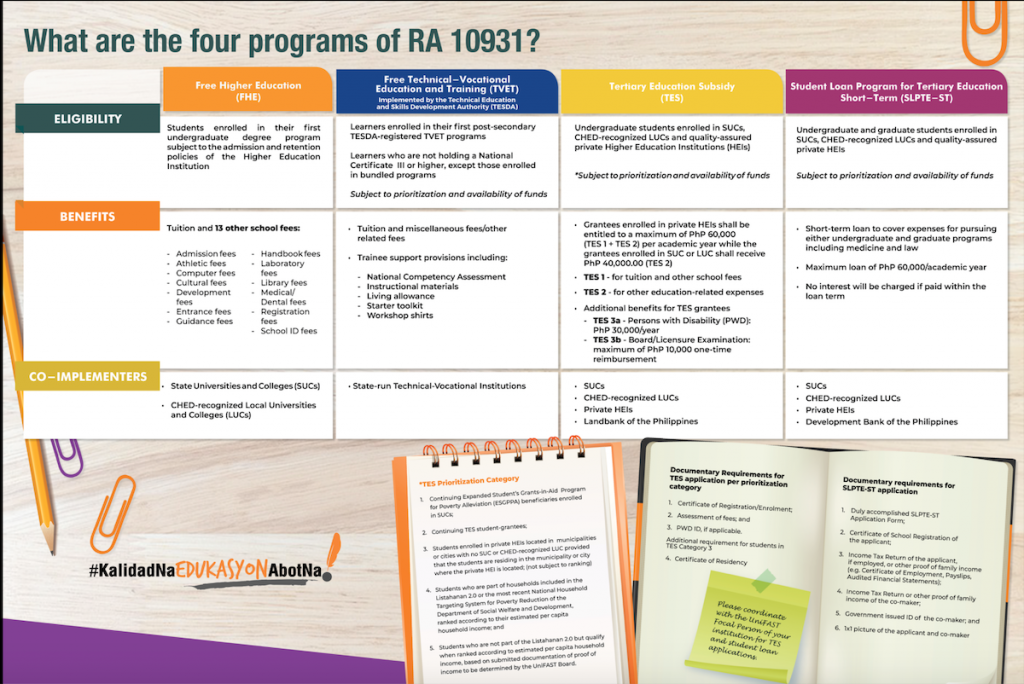Millions of Filipinos, including OFWs, were heavily affected caused by the Covid-19 pandemic. Instead of having a quiet life overseas that allows you to send sufficient amount of money to your family back home, you have no choice but to go back and look for ways on how to earn.
The government, through DOLE, were able to provide P10,000 financial assistance to repatriated OFWs. According to the DOLE website, the agency received more than 617,000 applications and were able to approve 280,253 requests so far (1). Although the government aims to accommodate all applications, there will always be a limitation on budget.
Then, there’s SSS Unemployment Benefits.
What is SSS Unemployment Benefit?
Also known as Unemployment Insurance or Involuntary Separation Benefit, this program is a cash benefit granted to employees who were involuntarily separated from work. Involuntary separation from work includes retrenchment, downsizing, closure or cessation of operations, redundancy, or installation of labor-saving devices among others.
If qualified, the SSS member can get twice the half of average monthly salary credit or ASMC.
Employees who may be covered by this cash benefit are:
- Employees employed in the Philippines
- kasambahay or househelp
- Overseas Filipino Workers, both land-based and sea-based
What are the qualifications:
- Employee must not be above 60 years old at the time of involuntary separation
- If the employee is an underground or surface mineworker, s/he must not be above 50 years old
- If the employee is a racehorse jockey, s/he must not be more than 55 years old
- Employee paid at least 36 monthly contribution, 12 of which must be within the 18-month period before the month of involuntary separation
- Employee must not be dismissed due to serious misconduct, commission of a crime, gross and habitual neglect of duties, fraud, and other reasons that will justify the termination of employment
- Employee did not receive any unemployment benefit for the last three years from the time the termination was severed.
How To Apply For SSS Unemployment Insurance
There are two ways on how you can apply: online application or personal appearance.
Here’s how you can apply online, which is the recommended option to minimize contact:
- Log-in to My.SSS account. You can access the website here.
- Click E-Services tab.
- Choose Apply for Unemployment Benefit Claim.
- Fill in the online form. Make sure to provide complete and truthful information.
- After carefully reading the certification, click Submit.
- Check your email. SSS will send an email requiring you to submit documents such as POLO Certification and Notice of Termination from employer or notarized Affidavit of Termination from Employment, whichever is applicable.
If you prefer personal appearance, then here’s how you can apply at SSS branch near you:
- Fill out DOLE Certification. You can get this from POLO where the employer is operating or DOLE Provincial or Field office nearest to you.
- Make sure you have the following requirements for submission – Notice of Termination from employer or Affidavit of Termination from Employment, UMID-ATM card, UBP bank card or bank statement showing your name, savings account number, bank branch, and address.
- Prepare any valid government-issued ID such as passport, SSS card, Seafarer’s ID and Record Book, UMID card, NBI Clearance, Postal ID, and Driver’s License among others. In case you don’t have any of these IDs mentioned, you can present the original and photocopy of two IDs or documents with picture and signature.
- Submit the mentioned documents to the SSS Unemployment Benefits officer-in-charge.
Things To Remember:
Keep in mind that the benefits will be deposited to your SSS UMID card or UMID-ATM card. It can also be deposited in the member’s UBP Quick Card Account. In case you don’t have this, you can apply for an initial UMID-ATM since this is where SSS will credit the unemployment benefits.
In the meantime, you can opt for non-bank cash pick-up or PESONet bank transfer.
Make sure to claim for this benefit within one year from involuntary separation. Otherwise, you will forfeit your claim for unemployment insurance.
How many times can you claim this benefit? Apparently, you can apply once every three years for unemployment insurance. Take advantage of this now since the amount could be helpful to sustain you and your family.
You can check out this brochure for more info about SSS Unemployment Insurance.
References:
(1) https://www.dole.gov.ph/news/ofw-returnees-top-170k-more-to-benefit-from-akap/

